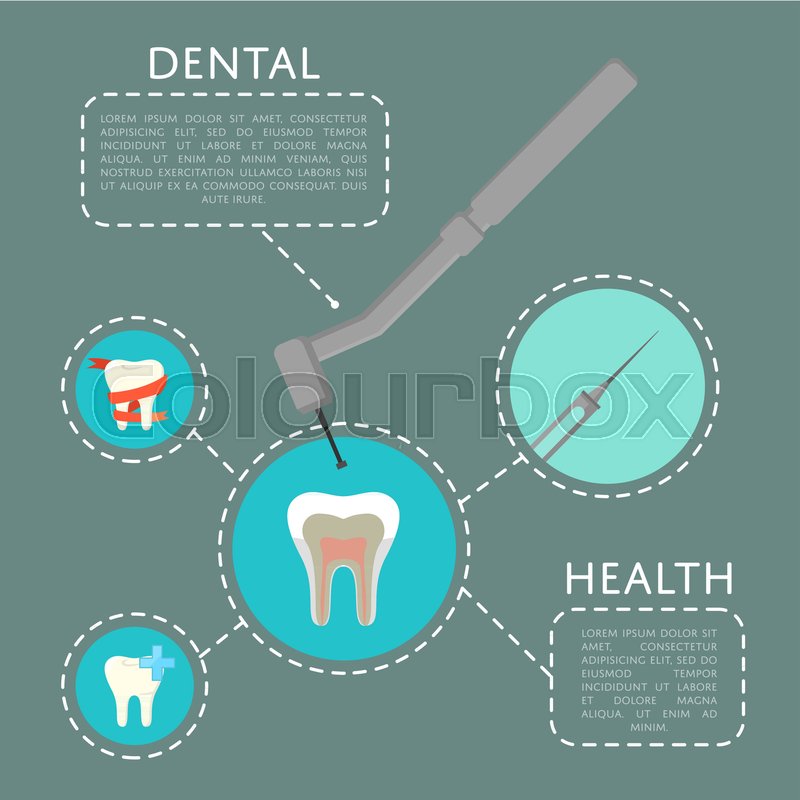The Following Period Of Dental Surgery: Innovation Innovations And Dopes Improving The Specialty
The Following Period Of Dental Surgery: Innovation Innovations And Dopes Improving The Specialty
Blog Article
Uploaded By-Bendixen Dowd
Invite to the globe of oral surgery, where technologies and advances are shaping the future of the area! In this interesting world, you'll witness the transformative power of robotics, the advanced wonder of 3D printing, and the game-changing impact of minimally invasive methods.
The future of oral surgery holds a pledge of accuracy, efficiency, and enhanced person outcomes. With the help of innovative robotics, doctors are able to execute complicated procedures with better accuracy and control.
3D printing technology is revolutionizing the creation of oral implants and prosthetics, using customized services that fit flawlessly right into each client's distinct makeup.
In addition, minimally intrusive techniques are lowering post-operative discomfort and healing time, allowing clients to return to their day-to-days live earlier.
Prepare to explore the interesting technologies and advancements that are improving the landscape of dental surgery!
Improvements in Robotics
One significant advancement in oral surgery is using robotic technology, which enables specific and reliable procedures. With the help of robotic systems, dental cosmetic surgeons have the ability to perform intricate surgical procedures with enhanced precision, reducing the threat of human error.
These robot systems are outfitted with advanced imaging innovation and exact tools that enable doctors to browse via complex physiological structures with ease. By utilizing robot technology, surgeons can attain higher surgical precision, leading to boosted client results and faster recovery times.
Furthermore, using robotics in oral surgery enables minimally invasive procedures, lowering the injury to bordering tissues and advertising faster healing.
3D Printing in Dental Surgery
To improve the field of dental surgery, you can discover the subtopic of 3D printing in dental surgery. This innovative innovation has the prospective to reinvent the means oral surgeons run and deal with people. Below are four essential methods which 3D printing is forming the field:
- ** Customized Surgical Guides **: 3D printing permits the production of extremely precise and patient-specific surgical guides, improving the accuracy and efficiency of procedures.
- ** Implant Prosthetics **: With 3D printing, oral cosmetic surgeons can develop personalized dental implant prosthetics that perfectly fit a person's distinct anatomy, causing much better outcomes and person fulfillment.
- ** Bone Grafting **: 3D printing allows the production of patient-specific bone grafts, reducing the requirement for conventional grafting strategies and improving recovery and healing time.
- ** Education and learning and Educating **: 3D printing can be made use of to produce sensible surgical versions for educational objectives, permitting oral surgeons to exercise complicated treatments prior to executing them on people.
With its prospective to improve accuracy, modification, and training, 3D printing is an exciting advancement in the field of oral surgery.
Minimally Intrusive Methods
To additionally progress the field of oral surgery, welcome the possibility of minimally invasive methods that can considerably benefit both surgeons and patients alike.
Minimally https://www.outlookindia.com/outlook-spotlight/prodentim-reviews-2023-is-this-natural-teeth-whitening-system-worth-the-hype--news-273604 are changing the field by lowering medical injury, lessening post-operative pain, and accelerating the recuperation procedure. https://waylonlnopf.blazingblog.com/33061301/see-how-the-ideal-treatment-and-way-of-living-choices-can-prolong-the-life-of-your-oral-implants-beyond-the-typical-10-to-15-years entail using smaller cuts and specialized instruments to do procedures with precision and performance.
By making use of advanced imaging technology, such as cone beam of light calculated tomography (CBCT), specialists can properly plan and implement surgeries with very little invasiveness.
Additionally, using lasers in oral surgery allows for accurate cells cutting and coagulation, leading to decreased bleeding and reduced recovery time.
With minimally intrusive methods, individuals can experience much faster recuperation, minimized scarring, and boosted results, making it a crucial aspect of the future of dental surgery.
Verdict
So, as you can see, the future of dental surgery is exceptionally encouraging, with amazing innovations and advances shaping the area.
From the improvements in robotics to the use of 3D printing and minimally invasive strategies, dental surgeons are revolutionizing the way they offer treatment.
While some might fret about the prospective expense connected with these improvements, it is very important to bear in mind that these innovations ultimately enhance individual outcomes and lower healing time, making them well worth the financial investment over time.
